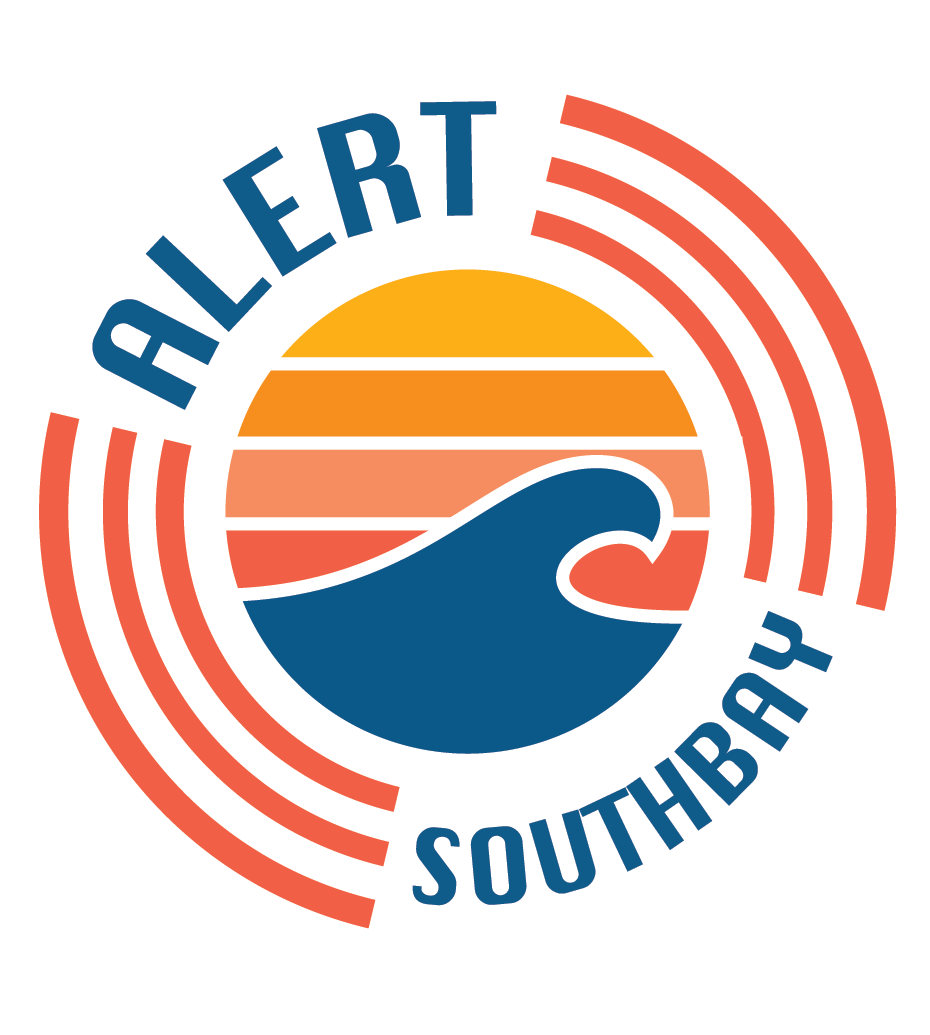How You Can Help and Donate to Support LA Wildfire Relief Efforts
In the wake of the devastating wildfires that have impacted Los Angeles, the outpouring of support from our community has been overwhelming. It's heartening to see so many people come together in this time of need, showcasing the incredible generosity and compassion that define us. However, managing the sheer volume of donated items has become a challenge for many cities, with donation centers reaching capacity and some no longer able to accept physical donations.
While it's wonderful to see so many people eager to help, it’s important to recognize that monetary donations are the most effective way to support those impacted by the fires right now. Many organizations lack the resources to manage the influx of material goods, making financial contributions a more efficient way to provide aid. These funds will go directly toward recovery efforts, supplies, and assisting the thousands of families who have lost so much.
How to Donate Effectively
To make the greatest impact with your donation, it's essential to contribute to trusted organizations, especially as there are scams taking advantage of the situation. The following nonprofits have a proven track record of responsibly managing donations and ensuring aid reaches those who need it most.
We encourage you to support the following organizations, which are actively on the front lines of recovery efforts:
Los Angeles Fire Department Foundation: Proceeds from this foundation will be used for equipping firefighters with tools and supplies to contain the fires.
California Community Foundation’s Wildfire Recovery Fund:
Contributions will go toward the most impacted and the most vulnerable Angelenos who can be overlooked in traditional relief efforts.
Since 2003, CCF’s Wildfire Recovery Fund has supported impacted communities across the state.
The fund complements immediate relief and addresses the long-term recovery needs of neighborhoods.
California Fire Foundation: Provides emotional and financial assistance to families of fallen firefighters, firefighters and the communities they protect.
Volunteer Opportunities
If you're looking to do more than just donate, consider volunteering your time. L.A. Works is an excellent resource for finding volunteer opportunities with local organizations that are providing support in the wake of the fires. Your time and effort can make a real difference in the recovery process.
Thank you for your kindness, generosity, and for being a part of this incredible community effort. Together, we will help Los Angeles recover and rebuild.
